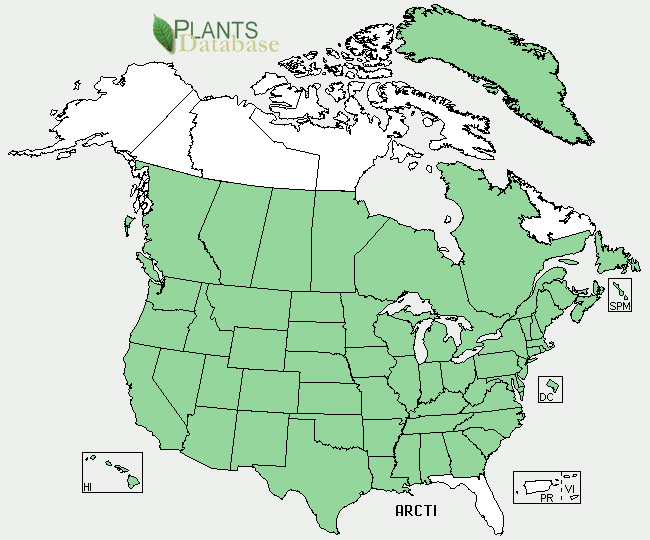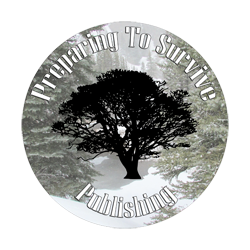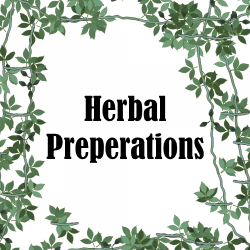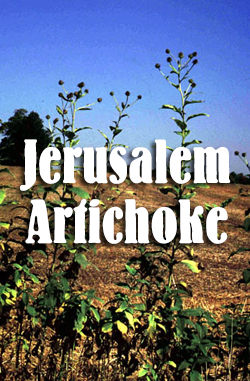Common Burdock
(Arctium Minus)
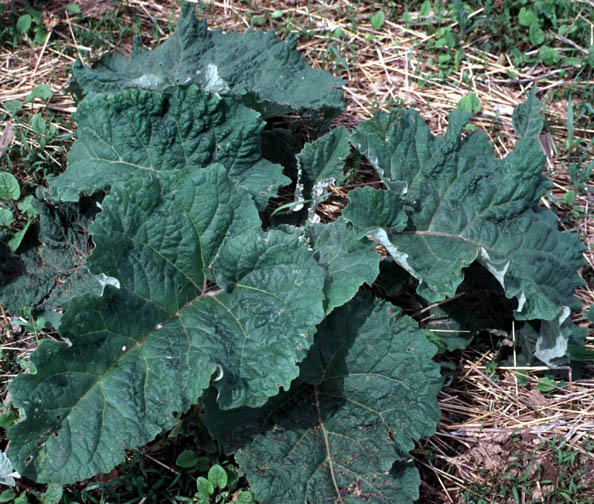
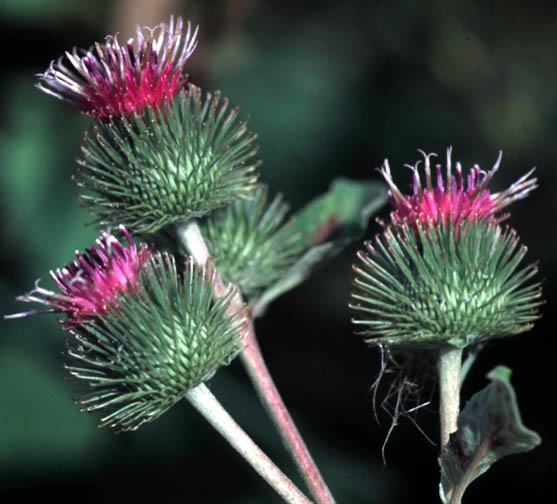
Photo Courtesy Ohio State Weed Lab Archive – Ohio State University
Common Burdock (Arctium minus):
Beggar's Buttons, Burdock, Cockleburs, Lesser Burdock, Wild Burdock, Wild Rhubarb.
Can be found growing throughout North America, except in Florida. Prefers uncultivated areas such as roadsides, stream banks, waste places, abandoned farmsteads, and pastures.
Description:
Common Burdock is a biennial. First year plant usually grows as a rosette, but can have as little as one leaf. The first year has no stem. Second year plant produces a large rosette of leaves with a tall bushy flowering stem that can reach a height of five feet or more. Burdock is recognized by its distinctive large leaves that can be as large as 20 inches long and 12 inches wide. Leaves are heart shaped base with wavy edges attached to the stem by hollow purple–tinged petioles. Top of the leaf is dark green, while the underside is gray-green and wooly. Upper stem leaves are smaller tapered at both ends alternate with one leaf per nobe while lower stem leaves resemble rosette leaves are larger and heart shaped.
Flowers:
Plant usually blooms in the second year, but may not bloom until third or fourth year. Purple flowers begin blooming in July and continue blooming through October. Flower heads consist of bristles with hooked tips formed around a ½ inch wide bur beneath a closely packed cluster of flowers. Flowers may be alone or grouped.
Roots:
The root system is a very large, with a thick, fleshy taproot that is brownish-green, or nearly black on the outside, with a corky, shredded surface.
Food:
Native Americans used Burdock as a food item. Burdock roots, stems, and leaves are widely eaten today. The burdock is cultivated as a vegetable in Japan.
• First year leaves eaten raw are cooked as any green has a bitter taste.
• Peeled stems eaten raw or are prepared the same as the leaves and are less bitter.
• After the first year stems must be peeled and boiled.
• First year roots can be eaten raw, roasted, or boiled.
• After the first year roots require boiling.
• Seed sprouts can be eaten.
• Leaves can be wilted next to a fire and then used to wrap items for cooking.
Medical Uses:
Different parts of the Burdock plant has been used for centuries to treat a variety of ailments. It has been used as blood purifier to remove toxins, as a diuretic and as a topical remedy to treat skin problems. Roots are used either dried and powered or fresh.
Note (Adult Dosage)
• Dried Root: steep ¼ oz in (2/3 of a cup) in boiling water for 10 - 15 minutes and then strain and drink 3 times a day.
• Poultice : soak a cloth in the liquid and, once cooled, wrap the cloth around affected skin area or wound. Do not use on open wounds.
• Tincture (1:5): ¼ oz. 3 times per day; the tincture may also be applied to a cloth and wrapped around affected skin area or wound.
• Fluid Extract (1:1): ¼ oz. 3 times a day.
Similar Species :
• Giant ragweed is similar but are smaller.
• Seedlings of broadleaf dock and curly dock or often misidinfied as common Burdock.
• The difference is broad leaf and curly dock do not have hair on the underside of the leaves.
• Great Burdock is similar but is much larger with flower heads arranged with flattop clusters.
Distribution
